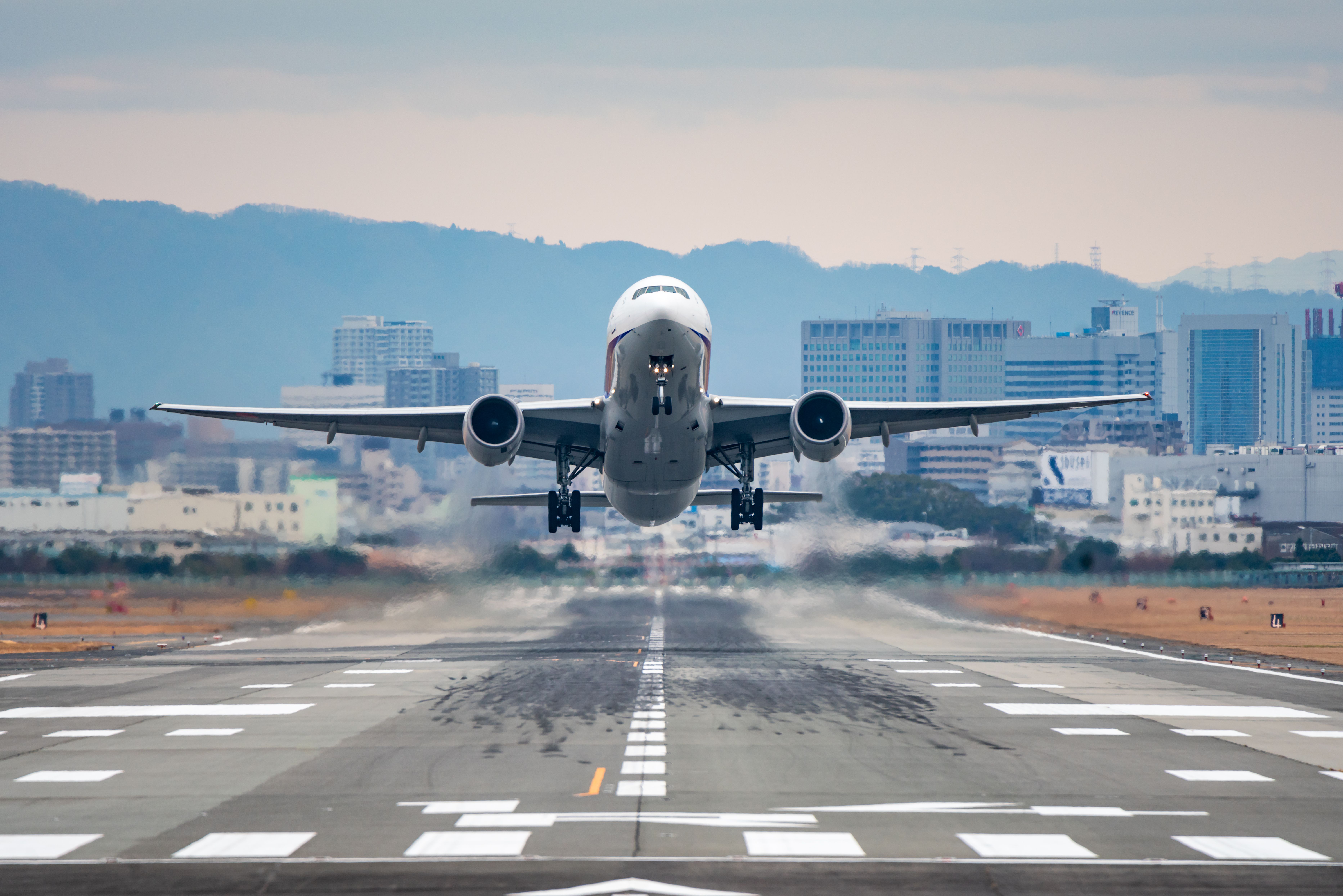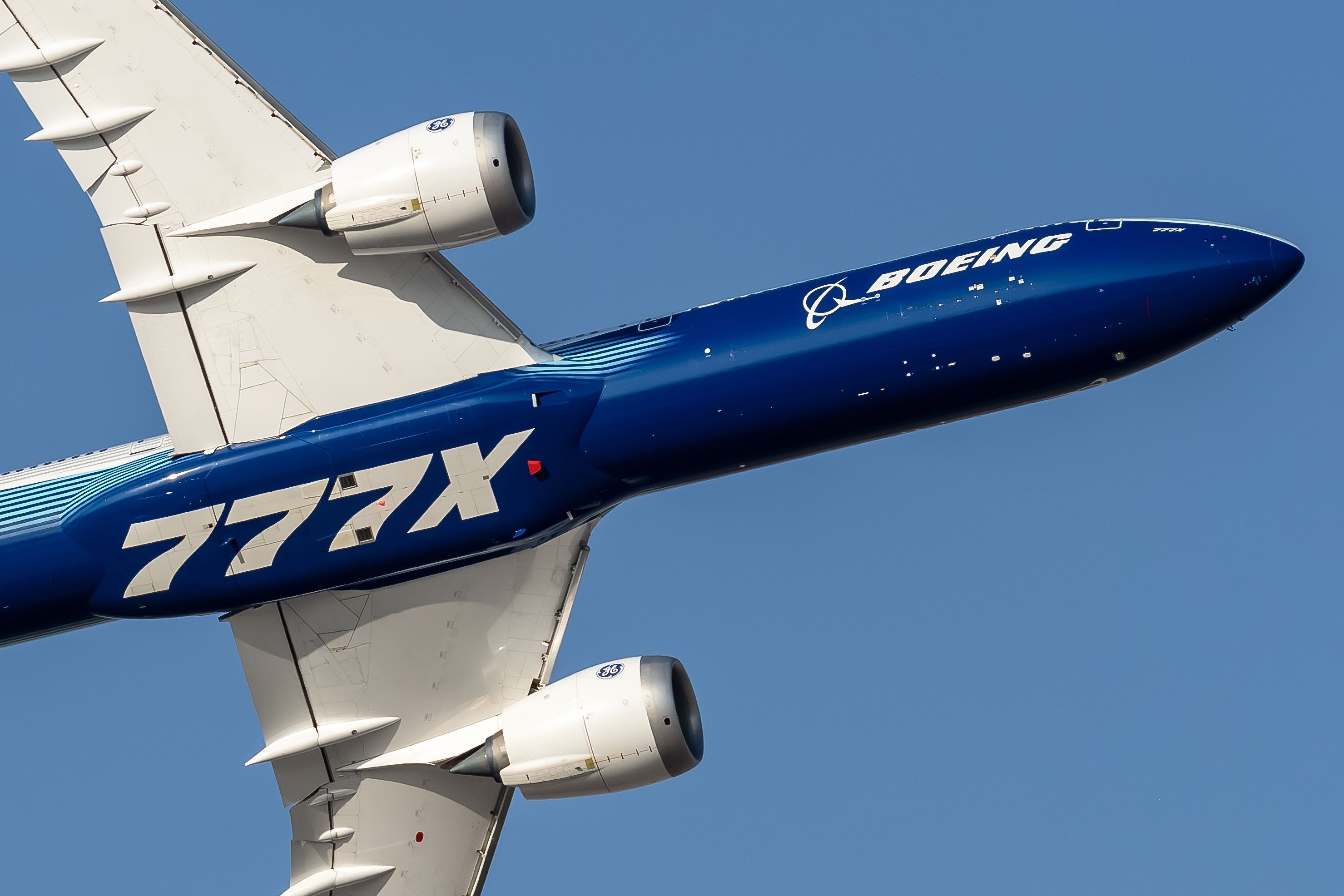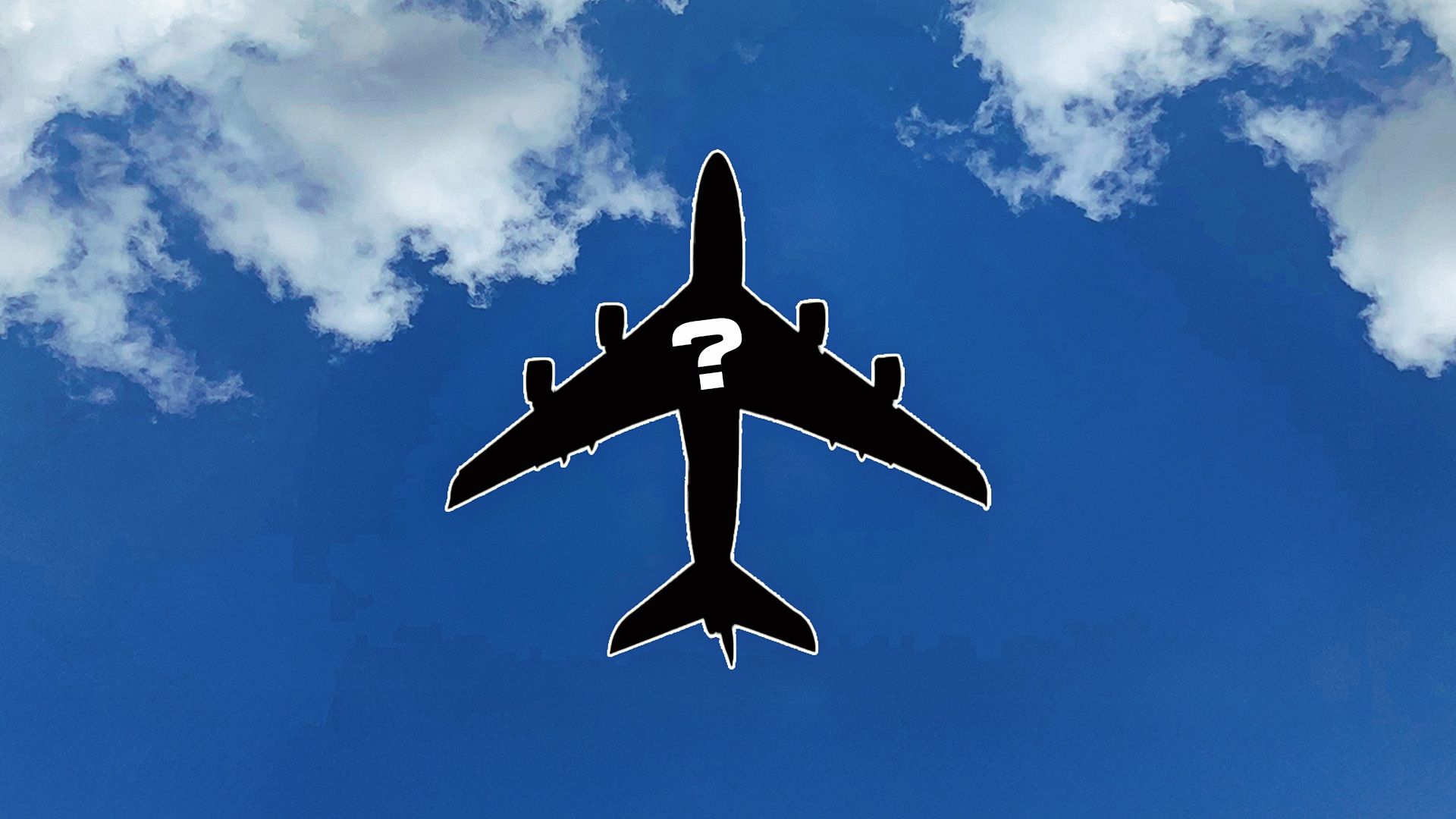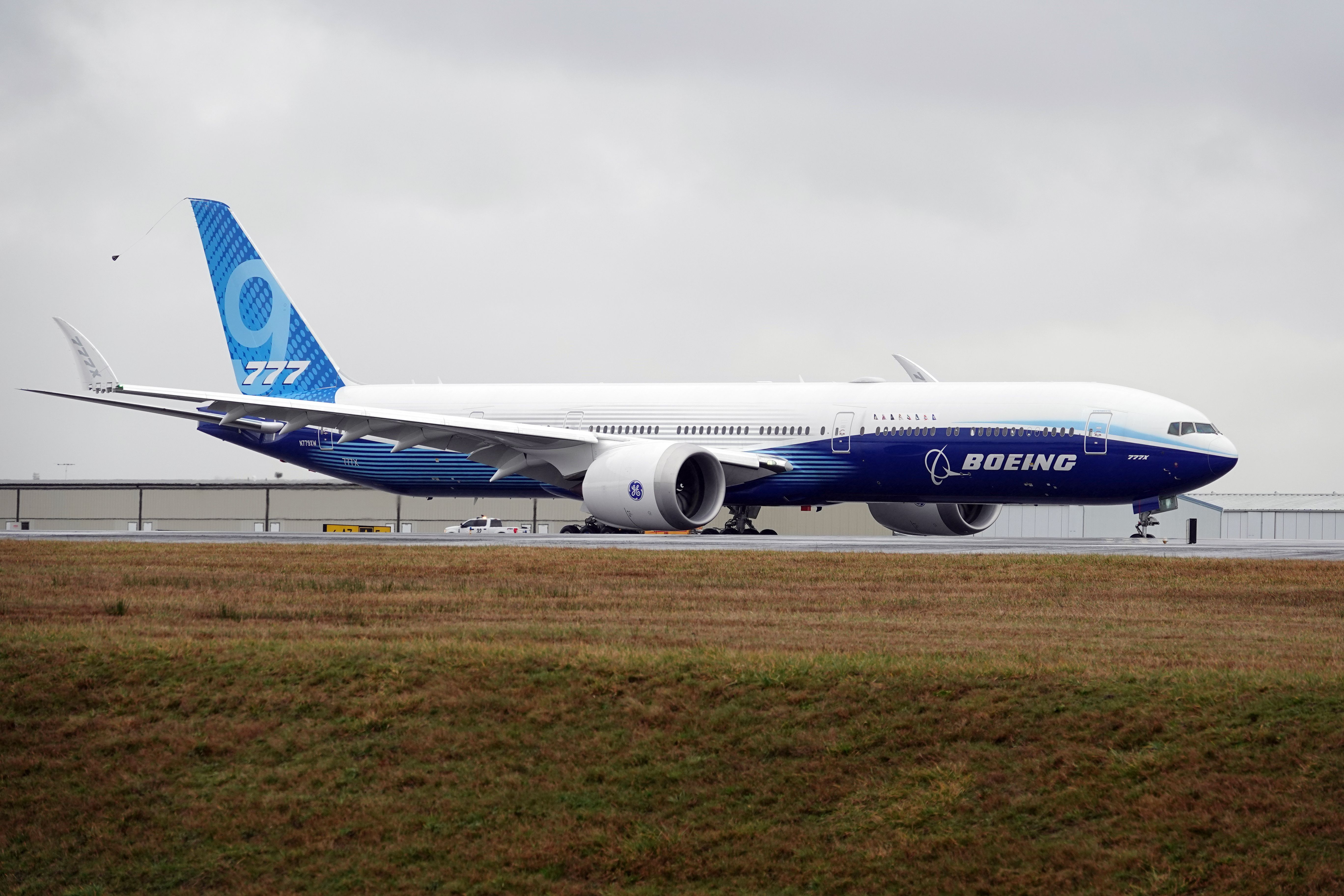A ![]() United Airlines-operated Boeing 777-200ER en route to Rome was forced to make an unscheduled landing in Iceland on Sunday, June 22. The widebody descended to 21,000 feet and broadcast a distress signal before making a safe landing at Keflavik International Airport (KEF), according to NBC Bay Area News.
United Airlines-operated Boeing 777-200ER en route to Rome was forced to make an unscheduled landing in Iceland on Sunday, June 22. The widebody descended to 21,000 feet and broadcast a distress signal before making a safe landing at Keflavik International Airport (KEF), according to NBC Bay Area News.

- United Airlines
- Boeing
- Widebody
- May 15, 1995
- 1,735
- Everett, Washington, United States
FlightAware details show that the aircraft originated from  San Francisco International Airport (SFO) on Saturday, June 21. The passengers were given local accommodations until a replacement aircraft could be scheduled to complete the journey to Leonardo da Vinci International Airport (FCO).
San Francisco International Airport (SFO) on Saturday, June 21. The passengers were given local accommodations until a replacement aircraft could be scheduled to complete the journey to Leonardo da Vinci International Airport (FCO).

The “Triple Seven,” as the 777 is called, has been a staple of the commercial aviation industry for 30 years since its debut in 1995. The big jet serves on long-distance, international routes for airlines all over the world. Planespotters data reveals that the aircraft which experienced mechanical issues on Sunday is serial number 29480, a 26 year extended range variant.
The Boeing 777-200ER is no longer in production, but the next generation 777X is already in development, and airlines around the world are eager to get their hands on it. The baseline design of the new widebody jet keeps much of the legacy airframe, optimizing and modernizing it throughout. The new 777-9 will seat even more fliers than the largest previous model, the 777-300ER, which could fit almost 400 travelers.
President Donald Trump and Sheikh Tamim bin Hamad Al Thani Amir of Qatar oversaw the signing of a new widebody order for Qatar Airways this May. The order includes 130 787 Dreamliners, 30 777-9s and an option for 50 more. Qatar Group Chief Executive Officer Engineer Badr Mohammed Al-Meer commented on the deal:
"After two consecutive years of record-breaking commercial performance and with this historic Boeing aircraft order we're not simply chasing scale, we're building strength that will allow us to continue to deliver our unmatched products and customer experiences. We thank our Boeing partners for answering the call and look forward to a future of continued smart growth together."

The first Boeing 777 series was the plane builder’s first fly-by-wire commercial aircraft, and the 777X continues that legacy of innovation with innovative new technology. The successor will have all new composite wings with folding wingtips that give it an 11-foot wider wingspan without any changes to airport infrastructure needed. It will also be powered by GE Aerospace’s GE9X engines, and Boeing anticipates a 10% increase in fuel efficiency compared to the competition.
The interior of the 777X will be similar to that of the 787, with sidewalls reshaped to widen aisles and seats. A smaller center bin or the option to eliminate the whole center bin is available to carriers, along with new overhead bins and LED lighting. The windows will have a dimming feature and be bigger than both the first-gen 777 and the Airbus A350. The new cabin will also be quieter and have a lower pressurization altitude.
The 777-8 is planned to carry a maximum of 395 passengers while the 777-9 will accommodate up to 426 fliers. Updates inside extend to the flight deck as well, of course, where Boeing will include touch-screen panels and optional heads-up displays (HUDs). So far, ![]() Boeing has announced that 12 airlines have already ordered the 777X.
Boeing has announced that 12 airlines have already ordered the 777X.

You may also like
The Aircraft Replacing The Boeing 747
As Boeing's flagship, the Boeing 777X is the closest thing to replacing the Jumbo, although it is not a direct replacement.

The 777X will surpass its predecessors in range, capacity, efficiency, and comfort. A key aspect to many airlines is the 777-8’s range of 8,745 NM (16,190 km) and the 777-9’s range, which comes in at 7,285 nmi (13,500 km). Equally important is the fuel economy that these gargantuan airliners will achieve which Boeing says will not only be better than its predecessor but also the Airbus A350 series.
There is an extra-long-legged variant of the first Boeing 777 series, the 777-200LR Worldliner, that has a range of 9,430 NM (17,446 km). Only time will tell if Boeing produces a long-range variant of the new 777X to surpass this record-breaking jet, but given the strong demand for the new widebody, the odds may just be in favor.












